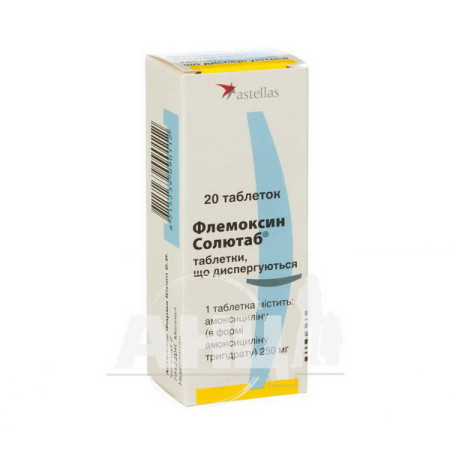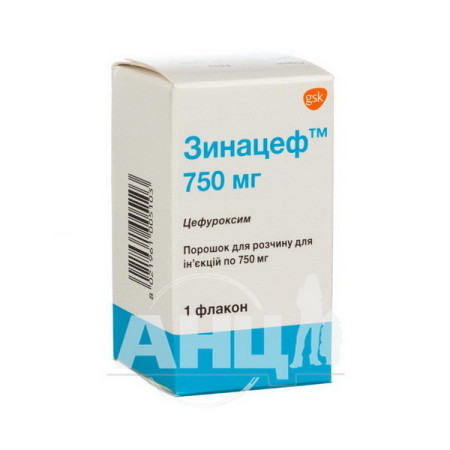Miramistin-Darnitsa ointment 5 mg/g tube 30 g

Instructions Miramistin-Darnitsa ointment 5 mg/g tube 30 g
Composition
active ingredient: myramistin;
1 g of ointment contains 5 mg of miramistin;
Excipients: disodium edetate, propylene glycol, macrogol 400, macrogol 1500, macrogol 6000, poloxamer, purified water.
Dosage form
Ointment.
Main physicochemical properties: homogeneous white ointment.
Pharmacotherapeutic group
Antiseptics and disinfectants. ATX code D08A J.
Pharmacological properties
Pharmacodynamics
The active ingredient of the drug – miramistin – is a cationic surfactant with antimicrobial (antiseptic) action. The action is based on the direct hydrophobic interaction of the miramistin molecule with the lipids of the membranes of microorganisms, which leads to their fragmentation and destruction.
It has a pronounced antimicrobial effect against gram-positive (Staphylococcus spp., Streptococcus spp., Streptococcus pneumonia) and gram-negative, aerobic and anaerobic, spore-forming and asporogenic bacteria in the form of monocultures and microbial associations, including hospital strains with multi-resistance to antibiotics. It has an antifungal effect on ascomycetes (genus Aspergillus and genus Penicillium), yeasts (Rhodotorula-rubra, Torulopsis gabrata) and yeast-like fungi (Candida albicans, Candida tropicalis, Candida krusei), dermatophytes (Trichophyton rubrum, Trichophyton mentagrophytes, Trichophyton verrucosum, Trichophyton schoenleini, Trichophyton violacent, Epidermophyton Kaufman-Wolf, Epidermophyton floccosum, Microsporum gypseum, Microsporum canis), as well as other pathogenic fungi (for example, Pityrosporum orbiculare (Malassezia furfur)), in the form of monocultures and microbial associations, including fungal microflora with resistance to chemotherapeutic drugs. Under the action of Miramistin, the resistance of microorganisms to antibiotics decreases.
Activates regeneration processes at the site of application.
Due to its broad spectrum of antimicrobial action, Miramistin effectively prevents infection of wounds and burns. The drug has a pronounced hyperosmolar activity, as a result of which it stops wound and perifocal inflammation, absorbs purulent exudate and selectively dehydrates necrotic tissues, contributing to the formation of a dry scab. At the same time, the ointment does not damage granulations and viable skin cells, does not inhibit marginal epithelialization.
Pharmacokinetics
Due to the physicochemical properties of the ointment base, the drug acts not only on the surface wound microflora, but also on pathogens located in the tissues surrounding the wound, so it is possible that a small part of Miramistin may enter the systemic bloodstream.
Indication
Surgery, traumatology: local treatment of infected wounds of various localization and etiology, prevention of secondary infection of granulating wounds.
Combustiology: treatment of II and III A degree burns; preparation of burn wounds for dermatoplastic surgery.
Dermatology: strepto-, staphyloderma, dermatomycoses of smooth skin, feet and large folds (including dyshidrotic forms and forms complicated by pyoderma), nails (onychomycosis), keratomycoses (including lichen planus), candidiasis of the skin and mucous membranes.
Prevention of complications of wound infection - in case of minor industrial and domestic injuries.
Contraindication
Hypersensitivity to the active substance or to other components of the drug.
Interaction with other medicinal products and other types of interactions
With simultaneous topical application of Miramistin with anionic surfactants (soap solutions), its inactivation occurs.
With the simultaneous use of Miramistin with systemic or local antibiotics, a decrease in the resistance of microorganisms to the latter is observed.
Application features
The effectiveness of the drug increases if the ointment is applied to a wound surface previously washed with an aseptic solution.
The presence of purulent-necrotic masses in the wound requires additional ointment consumption.
Use during pregnancy or breastfeeding
Due to lack of sufficient experience, you should consult a doctor before using the drug during pregnancy or breastfeeding.
Ability to influence reaction speed when driving vehicles or other mechanisms
The drug does not affect the reaction speed when driving vehicles or other mechanisms.
Method of administration and doses
The drug should be applied topically to adults.
Treatment of wounds and burns.
After standard treatment of wounds and burns, apply the ointment directly to the affected surface, then apply a sterile gauze bandage or apply the ointment to the dressing material and then to the wound.
You can also use tampons soaked in the drug, carefully filling the cavities of purulent wounds after their surgical treatment, or gauze turundas with ointment, inserting them into fistula passages.
The drug should be used once a day in the treatment of purulent wounds and burns in the 1st phase of the wound process and once every 1-3 days in the 2nd phase, depending on the condition of the wound. The dose depends on the area of the wound surface and the degree of purulent exudation. The duration of treatment is determined by the dynamics of wound cleansing and healing. In case of deep localization of the infection in soft tissues, the drug may be used together with systemic antibiotics, while the duration of treatment is determined by the duration of the antibiotic course.
The drug should be applied in a thin layer to the affected areas of the skin or applied to the dressing material, and then to the lesion 1-2 times a day. Duration of treatment - the drug should be used until negative microbiological control results are obtained. In case of widespread dermatomycoses, in particular rubromycosis, the ointment can be used for 5-6 weeks in complex therapy with griseofulvin or systemic antifungal drugs. In case of fungal nail infections, the nail plates should be exfoliated before starting treatment.
Children
Due to lack of sufficient experience, the drug should not be used in pediatric practice.
Overdose
Overdose phenomena were not observed. However, when applying the drug to large surfaces of the affected skin, the possibility of partial entry of the active components of the ointment into the systemic bloodstream in quantities that are not capable of causing acute poisoning is not excluded. The systemic effect of Miramistin is manifested as the action of a cationic detergent and may prolong bleeding time.
Treatment: dose reduction or discontinuation of the drug, prescription of oral calcium preparations, Vikasol.
Adverse reactions
In some cases, when treating burns and trophic ulcers, the drug may cause a slight burning sensation, which passes on its own after 15-20 seconds and does not require the use of analgesics or discontinuation of the ointment.
Hypersensitivity reactions may also develop, including rash, itching, flushing, dry skin, dermatitis, weeping, and due to the propylene glycol content of the drug, skin irritation.
Expiration date
2 years.
Storage conditions
Store in the original packaging at a temperature not exceeding 25 °C.
Keep out of reach of children.
Packaging
15 g or 30 g in a tube; 1 tube in a pack; 1000 g in cans.
Vacation category
Without a prescription.
Producer
PrJSC "Pharmaceutical Company "Darnitsa".
Location of the manufacturer and its business address
Ukraine, 02093, Kyiv, Boryspilska St., 13.
There are no reviews for this product.
There are no reviews for this product, be the first to leave your review.
No questions about this product, be the first and ask your question.










